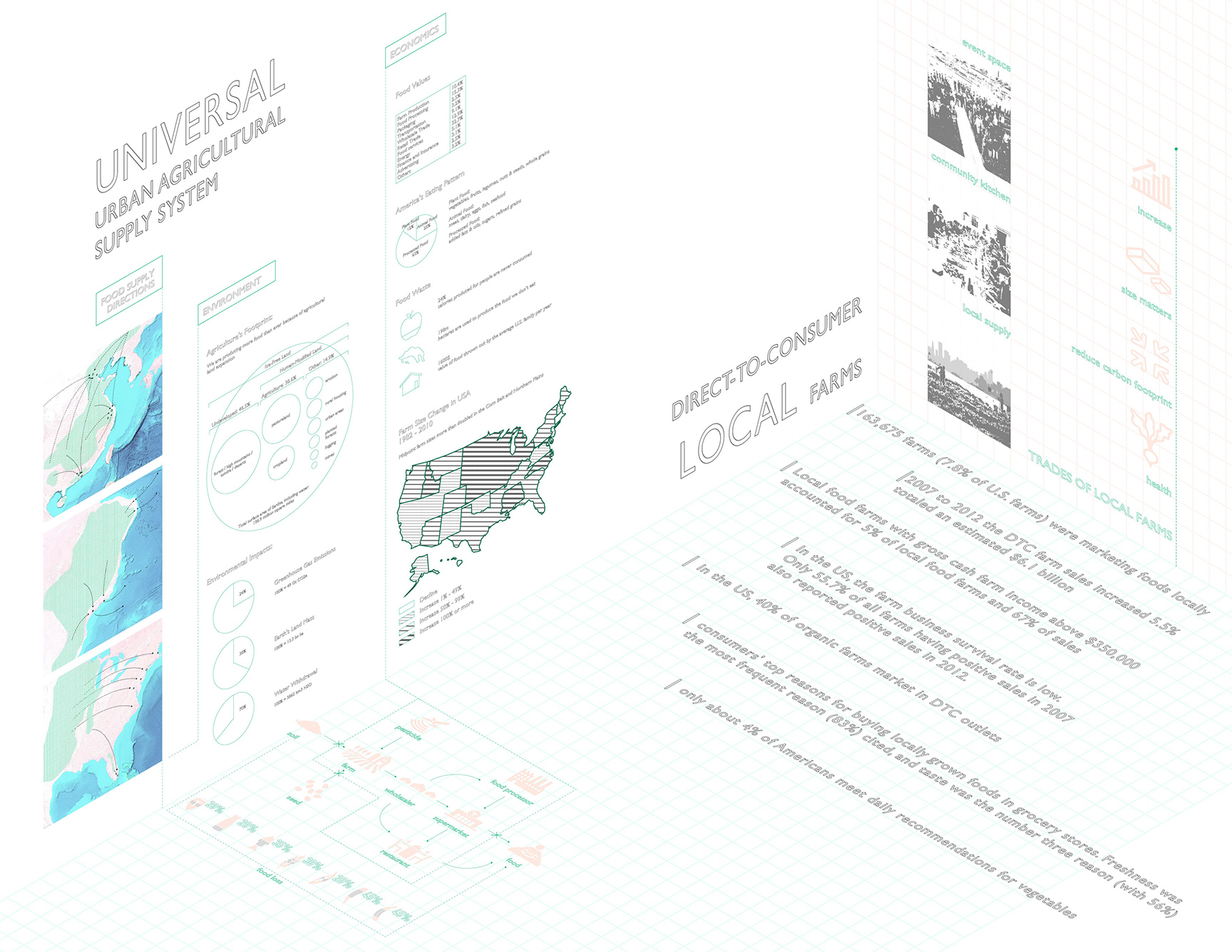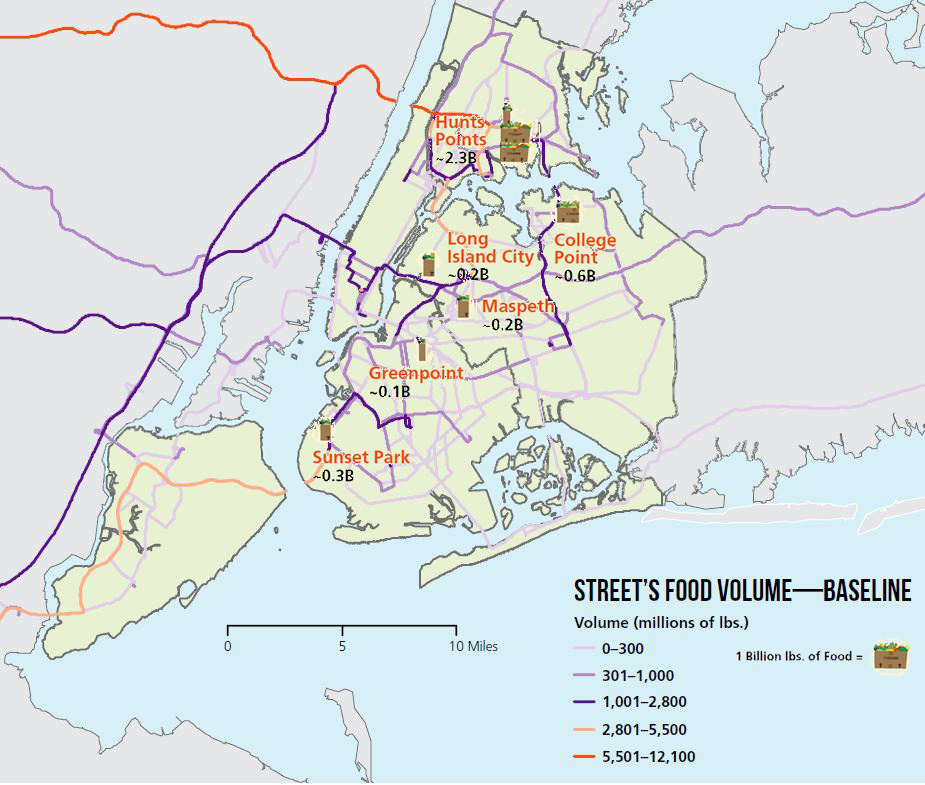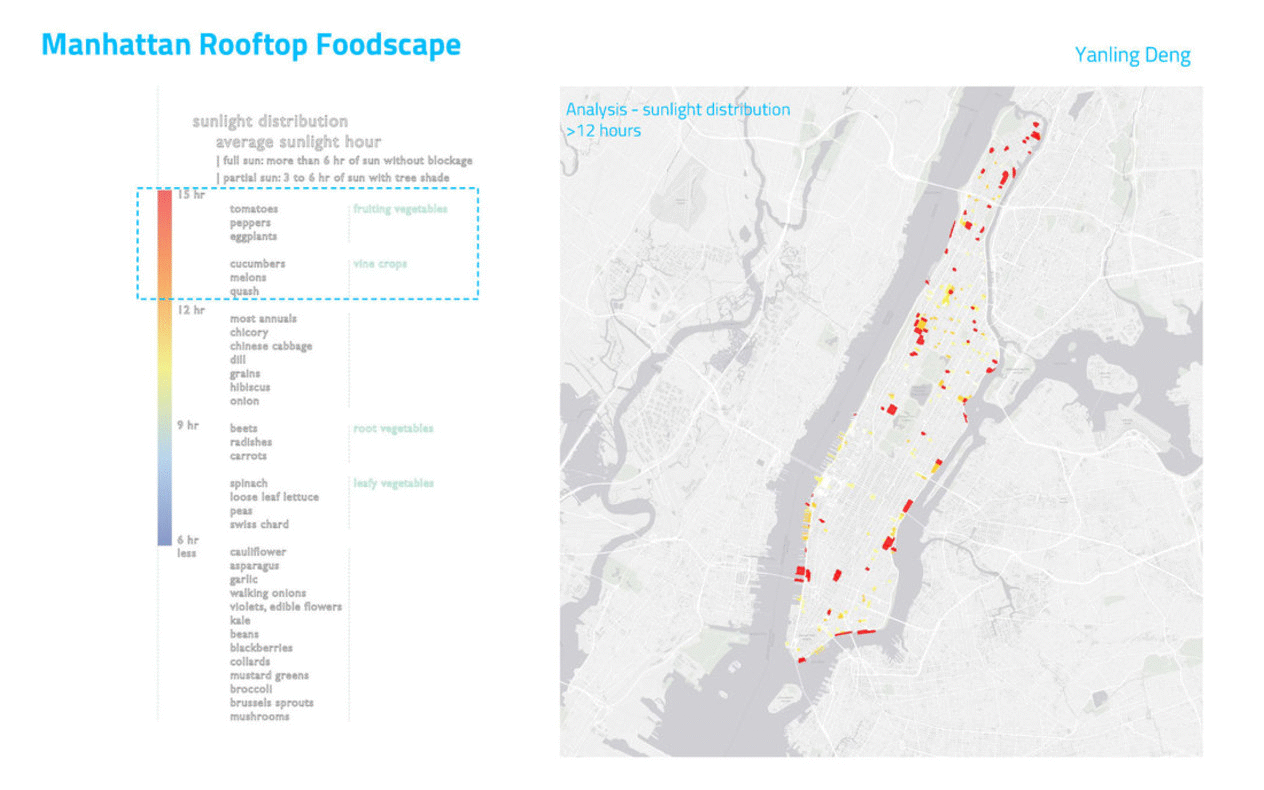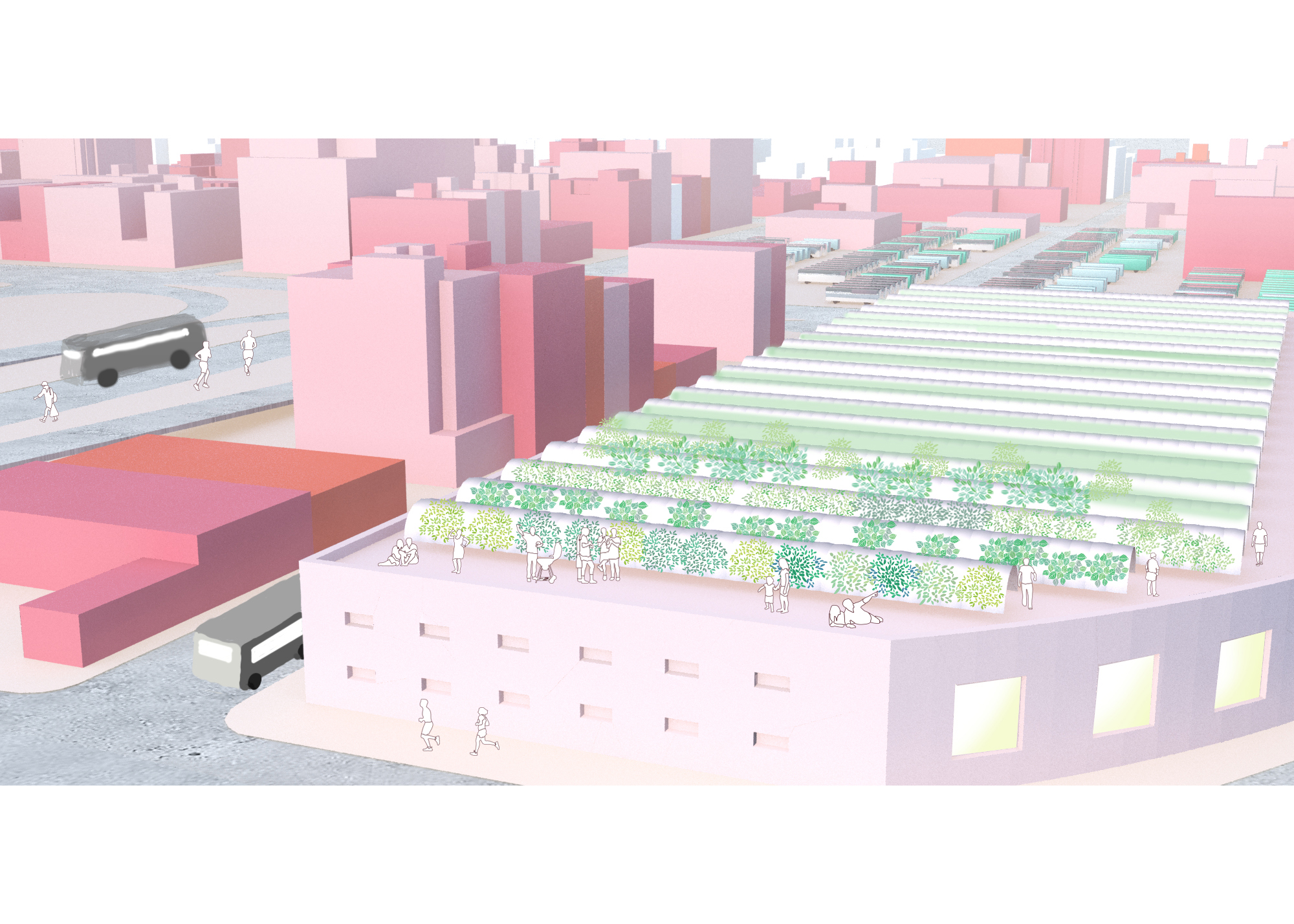Agriculture has always been related directly to soil and fresh water, without which, nothing grows. Agriculture takes around 38% of the whole Earth’s landmass and consumes 70% of fresh water withdrawal. This intense consumption of resources is gradually causing irreversible damages to the planet. Yet with the massive population growth, we are still facing a huge food gap for us to close. In the developed world, famine is probably not a concern, but the poor diet caused by the high price and discriminative food distribution is making millions of people suffering from diseases.
Expanding agricultural land, increasing the farm size, is definetely the fastest and simplest solution to produce more food and to lower the price. But it is actually a trigger of bigger problem rather than a solution, not to mention that we don't always have the luxury of more available cultivated land.

Taking New York City as example, all food sources are provided from elsewhere, which means in addition to the tremendous water and energy consumption in food production, there are huge costs in food loss during conservation, and energy consumption in food transportation and refrigeration.

So why don't we make use of underutilized land in the city and grow fresh produce locally?

With the help of Geographic Information System (GIS) mapping tools, we are able to screen out the suitable land by setting up parameters, and make site-specific, consumer-targeted precise growth plan.

An exemplary zoom-in to the neighborhood scenario in the Manhattan rooftop foodscape. What's better than the farm-to-table, is your rooftop to your table.

